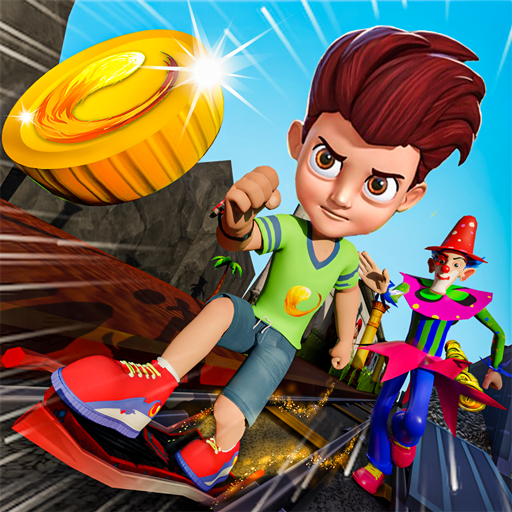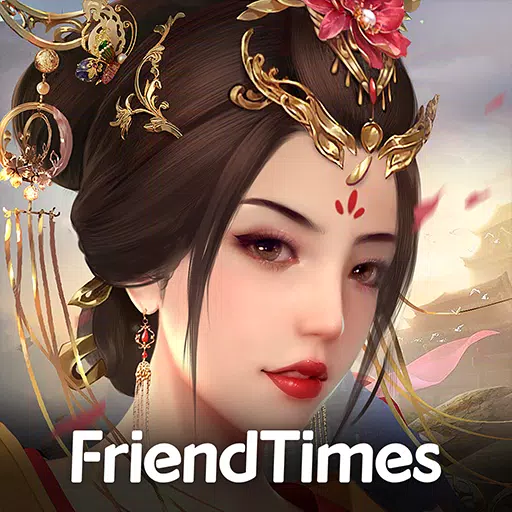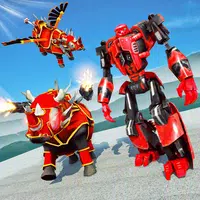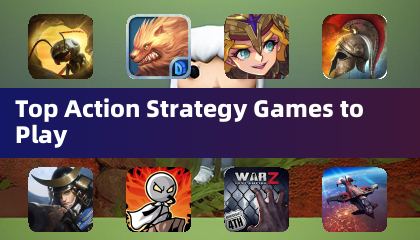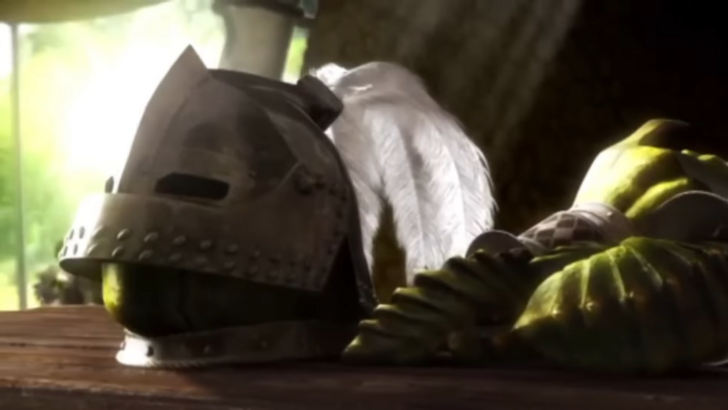
The narrative of Monster Hunter has often been overlooked due to its seemingly straightforward gameplay, but delving deeper reveals a rich tapestry of themes and stories. Let's explore the evolution of narratives and the underlying messages within the series.
← Return to Monster Hunter Wilds' main article
Evolution of Narratives in Monster Hunter
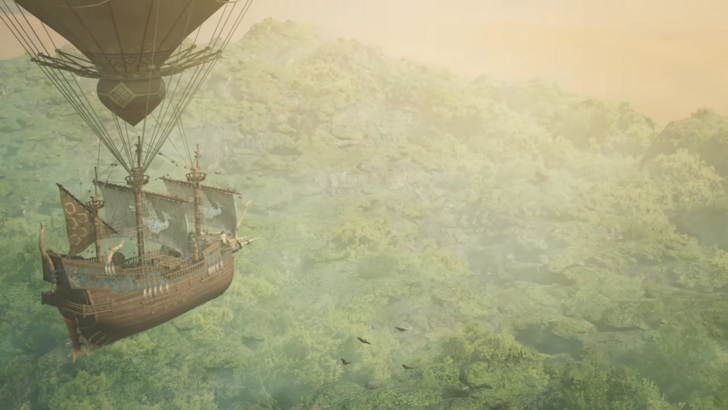
The Monster Hunter series is primarily known for its action-packed gameplay rather than its storytelling. While it's true that the narrative often takes a backseat to the thrill of the hunt, the series does weave a story throughout its missions. Each game typically follows a similar structure, but there's more to the narrative than meets the eye.
How It All Starts

In the Monster Hunter games, you begin as a novice Hunter, taking on quests from village elders or leaders. Your journey is about progression, from hunting smaller creatures to tackling the most formidable beasts, culminating in a battle against the game's final boss, such as Fatalis in the original Monster Hunter. This cycle of growth and challenge is consistent across the series, but newer titles like Monster Hunter: World and Rise have begun to integrate more developed narratives into their gameplay.
Protecting the Natural Order

The series often explores the Hunter's role in maintaining the balance of nature. For instance, in Monster Hunter 4, the Gore Magala threatens the ecosystem with its Frenzy Virus, pushing players to restore equilibrium by defeating it. However, Monster Hunter: World and its expansion, Iceborne, delve deeper into this theme. The endings of these games highlight humanity's responsibility to understand and respect the natural order, exemplified by the Nergigante's role as nature's balancer.
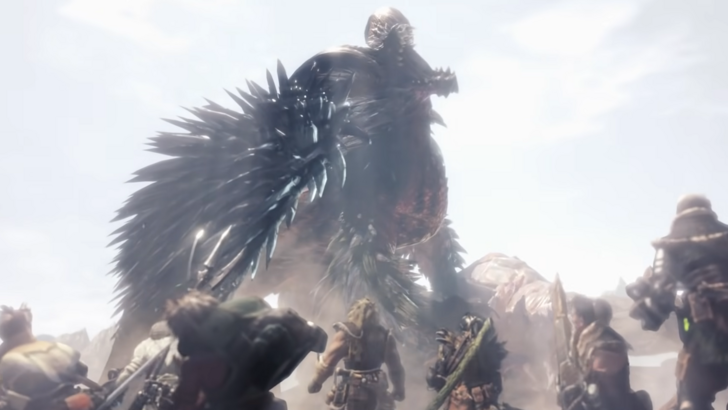
The conclusion of Iceborne reflects on the Research Commission's role, emphasizing the need for humans to learn more about nature's self-sustaining mechanisms. This theme resonates with real-world ecology, showcasing nature's resilience and adaptability, even without human intervention.
Monster in the Mirror
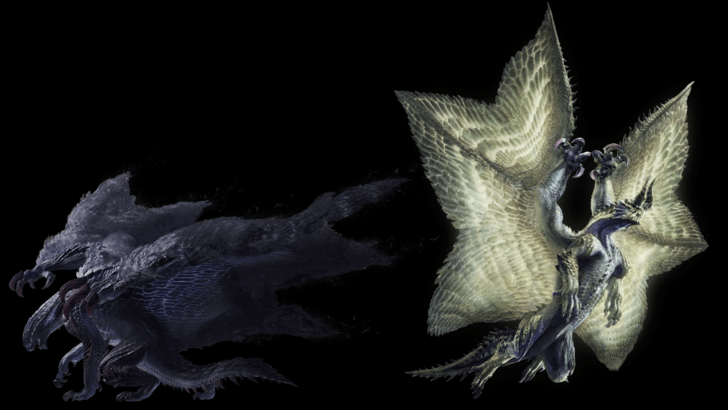
The narrative often mirrors the player's journey. In Monster Hunter 4, the Gore Magala's transformation into the Shagaru Magala symbolizes the player's growth and readiness to face greater challenges. This theme is further explored with monsters like the Ahtal-Ka in Monster Hunter Generations Ultimate, which reflects human ingenuity by using tools and structures similar to those used by Hunters.
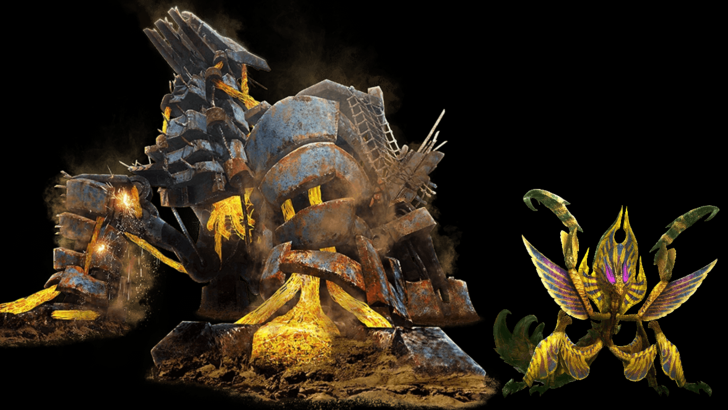
The Ahtal-Ka's battle, where it constructs and pilots a mechanical fortress, showcases its adaptability and intelligence, drawing parallels with the Hunters' own tactics and equipment upgrades. This interaction between Hunter and monster underscores the series' theme of mutual evolution and learning.
Man Versus Wilds: Your Story
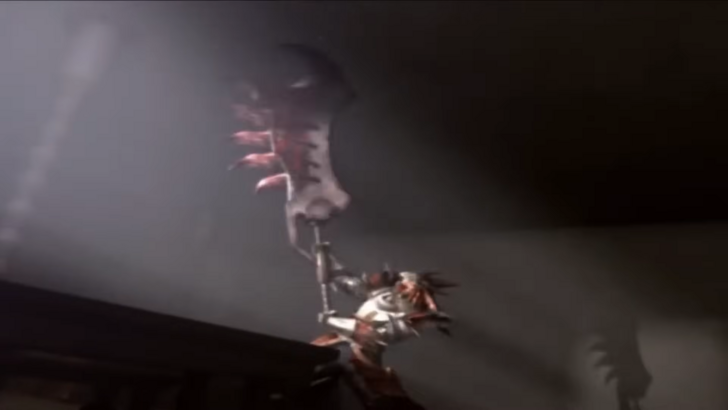
At its core, Monster Hunter is about the player's personal journey of overcoming challenges. The series captures this through memorable encounters, like the initial confrontation with the Tigrex in Monster Hunter Freedom 2, where the player is thrown off a cliff, setting the stage for a personal vendetta against the beast.
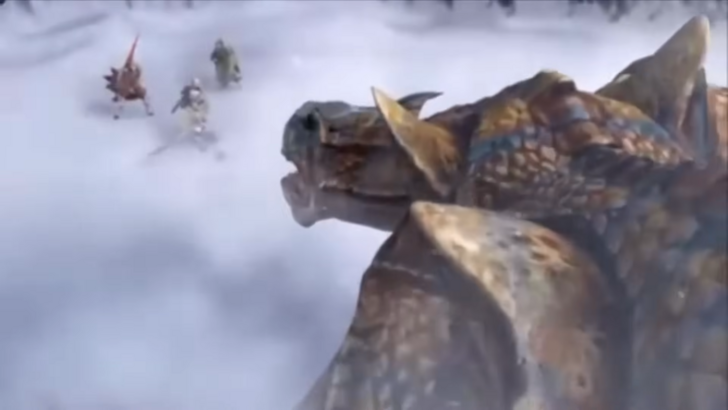
These moments, while not part of a traditional narrative, create a compelling story of perseverance and growth. The thrill of finally defeating a formidable foe, such as the Yian Garuga, becomes a personal milestone for players, embedding the game's narrative into their own experiences.
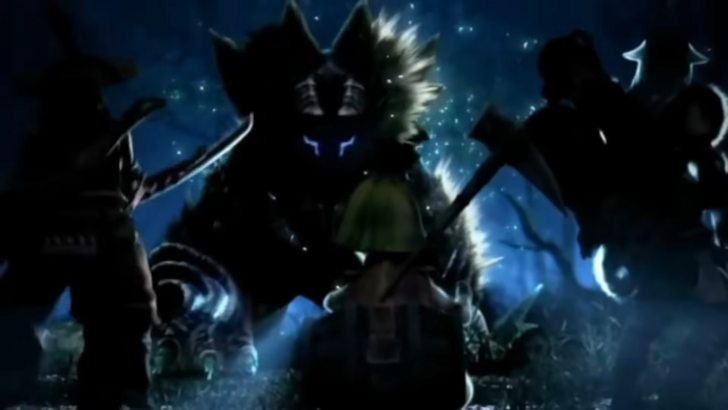
Recent games have begun to incorporate more explicit narratives, with Monster Hunter Wilds promising a deeper story. Yet, the essence of the series remains the player's journey, making each hunt a part of their unique story within the Monster Hunter universe.
The Monster Hunter franchise may not boast the most intricate plots, but it excels in crafting a narrative that resonates with players, turning each hunt into a personal tale of triumph and growth.








